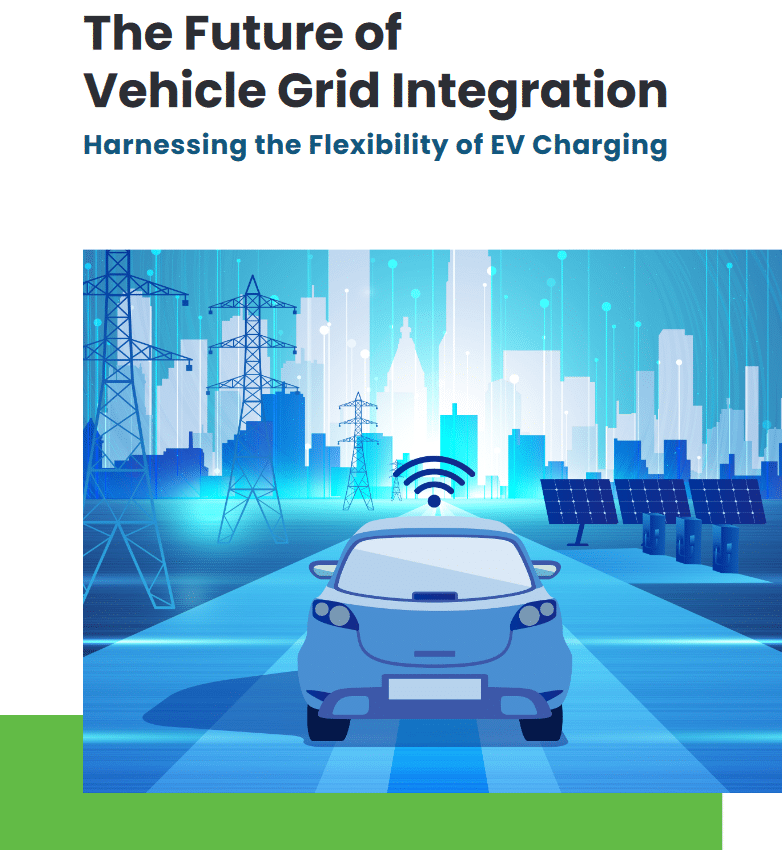DOE Releases Guidance on Vehicle and Grid Integration
Transportation electrification is unfolding rapidly. Consumer demand for electric vehicles (EVs) is on the rise, the variety of EV models available is expanding, and numerous global companies have committed to transitioning to electric fleets. This shift is supported by federal funding and private investments, signifying a strong momentum towards electrification. The discourse has progressed from questioning the inevitability of this transition to focusing on the implementation strategies.
This electrification wave coincides with significant changes at the grid edge, where advancements in buildings, industry, renewable energy, and storage systems converge. These changes are driving projections of accelerated load growth for the first time in over a decade. It is crucial to comprehend the integral role EVs play in this broader transformation. Establishing a unified vision for vehicle grid integration (VGI) is vital, as it will guide stakeholders in leveraging the full potential of EVs and ensuring a cohesive and efficient transition.
The US Department of Energy (DOE) released “The Future of Vehicle Grid Integration” guidance in July 2024. Download here.

An electrified transportation system offers significant advantages for all Americans. Achieving seamless Vehicle Grid Integration (VGI) is key to realizing these benefits and optimizing outcomes for both electricity system users and EV drivers. VGI encompasses the entire range of grid infrastructure, hardware, software controls, and the associated markets and regulations that facilitate the widespread adoption of electric vehicles in a manner that meets the needs of both EV drivers and the grid.
VGI is instrumental in the shift towards cost-effective, decarbonized transportation. It also supports the decarbonization of other sectors, such as buildings, industry, and electricity, while further enhancing grid reliability and resilience. This integrated approach ensures that the transition to electric vehicles contributes positively to broader sustainability goals and the overall efficiency of the energy system.
Electric vehicles (EVs) exemplify many of the transformations occurring in the broader evolution of the nation’s electric grid. This new system is becoming more agile, flexible, resilient, and clean, while also being more dependent on and responsive to customer decisions. Unlike traditional utility loads, EVs are flexible and mobile. They can adjust the timing and location of charging and use the energy stored in their batteries to support grid operations and customer resilience, all while fulfilling transportation needs.
Vehicle Grid Integration (VGI) enhances the act of plugging in an EV, transforming it from a simple one-way connection into a dynamic interaction. VGI leverages the inherent flexibility of EV charging, turning vehicles into valuable grid resources rather than just loads to be served. It encompasses a wide range of approaches, such as strategically deploying chargers to optimize existing grid capacity, managing charging by adjusting the charge rate or timing, and utilizing the energy stored in vehicle batteries to supply power back to the grid or buildings. This includes techniques like vehicle-to-buildings (V2B) and vehicle-to-grid (V2G) integration.
Electric vehicles (EVs) challenge the existing norms, prompting new questions for decision-makers. To fully capture the value of EVs and integrate them into the planning, operation, and management of the electricity system, it is essential to combine behavioral, market, and social sciences with engineering and economic solutions. This multidisciplinary approach fosters an environment where creativity and innovation can thrive, paving the way for inventive and superior solutions.
Collaboration among stakeholders is crucial. By working together, they can plan and coordinate solutions that align with state and community objectives, resonate with customer values, lifestyles, and preferences, and support business strategies and operating cycles. Such cooperative efforts ensure that EVs deliver benefits not only to the grid and customers but also to utility ratepayers and society as a whole.
